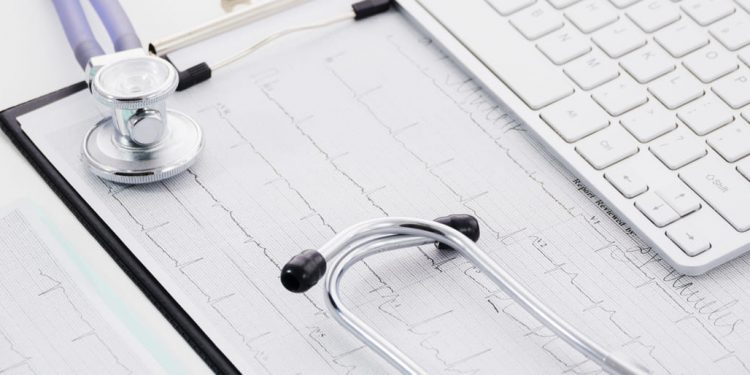Healthcare has challenges just like any public sector. However, challenges within the healthcare sector are extra important. Fixing them is vital to the health of everyone. It can also make the jobs of health providers and other team members much easier.
1.Care Management Admin
Care management is an important part of Medicaid and health home groups. They are the ones who make appointments for people and even attend doctor’s appointments when people need them. Before, it was hard for care managers to keep track of their patients or see who needed help in certain areas.
With the help of care management software, they can do their job more effectively. Good software allows them to spend less time searching for information and updating records. It means they have more time to spend with the patients, which is what’s most important.
It also makes the billing simpler because it puts everything into one platform. It’s constantly evolving to meet the needs of the quickly changing health world.
Many health challenges have been improved by EHR management tools. It allows patient records to be transferred much quicker and lets all the providers have access to their patient’s information much quicker and more securely.
2.Telehealth
In the past, some patients might have had a hard time getting into the doctor’s office due to lack of mobility or lack of transportation. Some people may have also avoided going to the doctor because they didn’t want to leave the house due to their condition.
With Telehealth, more people can see their doctors and have access to speaking with a health provider. It’s also very important in rural areas where patients might not have quick access to medical facilities.
It also cuts down the cost of doctor’s visits and can even make discharging times in the hospital much faster.
3.Remote Monitoring Tools
For patients with chronic illnesses, they have to go to the doctor several times a month. This takes up much of their life and cuts down on their social activities. With remote monitoring tools, patients can manage their symptoms at home.
Some of these tools also send the information straight to the doctor, so they have all the records when the patient comes in for follow-up appointments. The doctor can also receive alerts if levels become too abnormal and they can speak with the patient right away to tell them to come in or go to the ER if necessary.
This also saves patients money from going to the doctor when they don’t have to.
4.Wearable Technology
This technology is similar to remote monitoring tools, but it has the patient wear it constantly rather than having to remember to monitor or measure themselves. It can be as simple as a watch or bracelet, so it’s not noticeable or obvious when the wearer is in public.
These tools can also send alerts to the doctor or provider to see if the patient needs help. It can also be set up to automatically alert dispatchers or emergency medical personnel.
5.Genome Sequencing
The major advancements in human genomics have made understanding how the human body works much easier. It has also allowed for some major medical advancements because it gives doctors a wider vision of the health of a patient.
It has helped with surgeries, medical treatments, and transplants. It also allows health providers to better understand the systems of the bodies and the way that diseases and viruses can affect organs. It allows problems to be fixed quicker and also gives a more accurate picture of health.
Follow Techdee for more!





